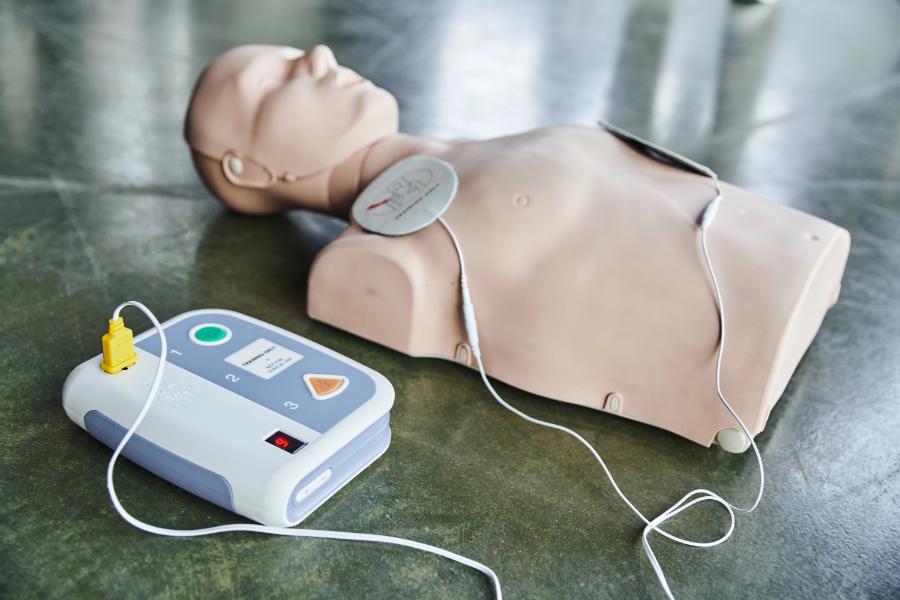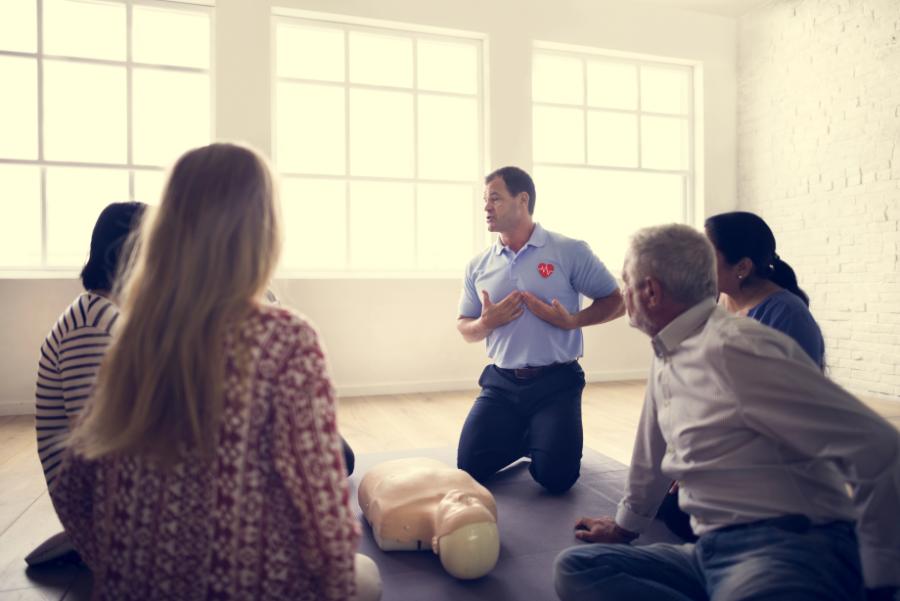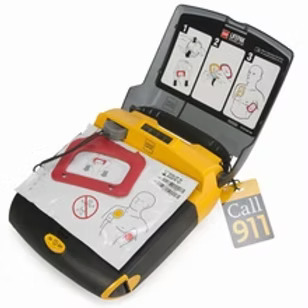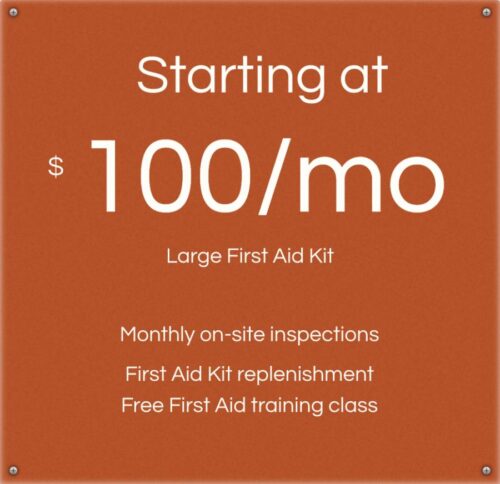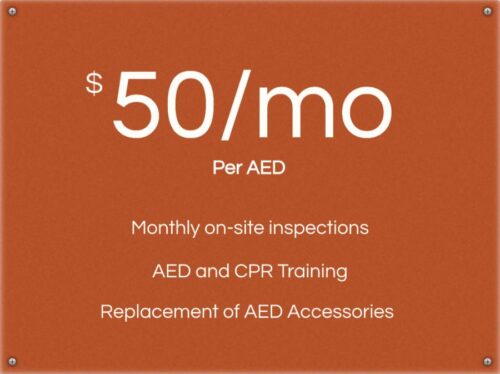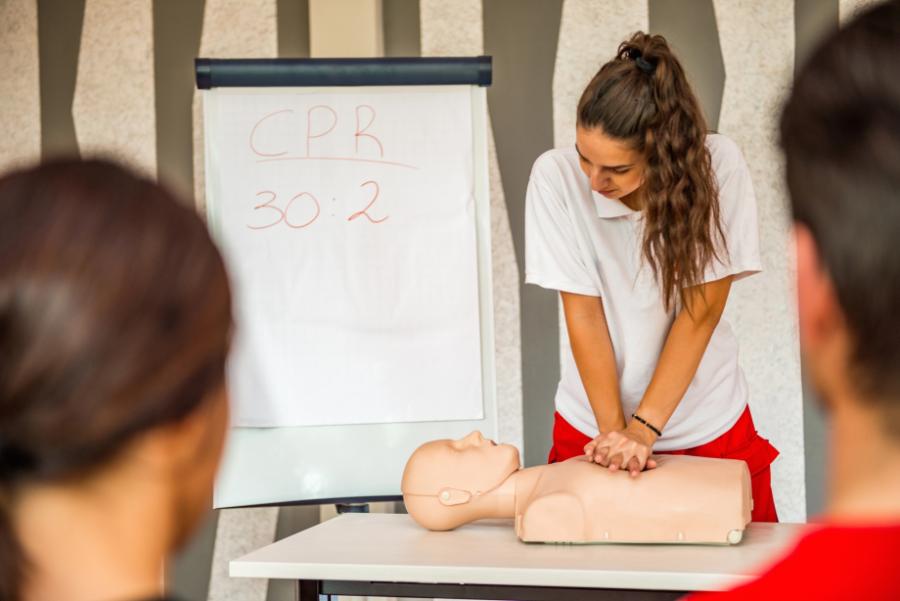
Cardiopulmonary resuscitation (CPR) training is often viewed as a necessity for healthcare professionals and emergency responders. However, the value of these life-saving skills extends far beyond the medical realm. In today’s world, where emergencies can strike at any moment, having CPR certification can be a powerful tool that enhances community safety and personal preparedness.
Why CPR Training is More Essential Than You Think
At its core, CPR training equips individuals with the knowledge and ability to respond swiftly and effectively in critical situations. It empowers them to take action, potentially saving lives until professional medical assistance arrives. This training isn’t just about memorizing steps; it’s about cultivating a mindset of readiness and leadership in times of crisis.
The Hidden Confidence Booster
Beyond the technical aspects, CPR training offers an often-overlooked benefit: a significant boost in confidence. Knowing that you possess the skills to potentially save a life can be a profound source of self-assurance and inner strength. This newfound confidence extends beyond emergency scenarios, permeating into various facets of personal and professional life.
Individuals who have undergone CPR training often report feeling more poised and decisive in their daily interactions. They develop a heightened sense of calmness under pressure, a trait that can be invaluable in both personal and professional settings. With this confidence, they approach challenges with a renewed sense of resilience and determination.
How CPR Training Enhances Workplace Safety
In the realm of workplace safety, CPR-trained employees can be invaluable assets. Their presence not only contributes to a safer environment but also fosters a culture of preparedness and responsibility. Employers often recognize the significance of these skills, supporting or even requiring certification to bolster their overall safety protocols.
Trained individuals can become key figures in implementing and executing emergency response plans. Their knowledge and capabilities empower them to take decisive action during critical incidents, potentially mitigating the severity of situations and minimizing potential harm to colleagues or customers.
Building a Culture of Health Awareness
CPR training goes beyond the immediate application of life-saving techniques. It often serves as a catalyst for individuals to develop a deeper understanding and appreciation for health and wellness. Participants gain insight into the intricacies of the human body, the importance of prompt intervention, and the potential consequences of neglecting personal well-being.
This heightened awareness frequently inspires individuals to adopt healthier lifestyle choices. They may become more proactive in managing their health, incorporating regular exercise, balanced nutrition, and preventive screenings into their routines. By fostering a culture of health consciousness, CPR training contributes to the overall well-being of individuals and the broader community.
Networking Opportunities: Meet Like-Minded Individuals
CPR training courses offer an unexpected social benefit: the opportunity to connect with like-minded individuals who share a commitment to safety and community preparedness. These classes often bring together diverse groups of people from various backgrounds, united by a common goal of acquiring life-saving skills.
Participants frequently forge new friendships and expand their professional networks during the training sessions. They engage in discussions, share experiences, and find camaraderie with individuals who prioritize the well-being of others. These connections can lead to valuable networking opportunities, future collaborations, or simply the formation of lasting bonds with those who share similar values.
Hands-On Skills That Translate Beyond Emergencies
While CPR training primarily focuses on emergency response, the hands-on skills acquired during the process have far-reaching applications. Participants develop enhanced listening abilities, clear communication skills, and the capacity to take decisive action – traits that are invaluable in various aspects of life.
The training emphasizes the importance of active listening, a skill that can significantly improve interpersonal relationships and foster better understanding in personal and professional settings. Additionally, participants learn to communicate instructions clearly and concisely, a crucial ability in any situation that requires precise coordination or collaboration.
Choosing the Right CPR Training Program in Phoenix, AZ
With the numerous benefits of CPR training, finding the right certification course in Phoenix, AZ, becomes paramount. When selecting a program, it’s essential to consider several factors to ensure a comprehensive and valuable learning experience.
Look for reputable providers with experienced instructors who not only possess extensive knowledge but also have a proven track record of effective teaching methods. A comprehensive curriculum that covers both theoretical and practical aspects is crucial, allowing participants to gain a well-rounded understanding of CPR techniques and their applications.
Flexible Scheduling
Additionally, consider programs that offer flexible scheduling options to accommodate busy lifestyles. Providers like LP Health Directions understand the diverse needs of their participants and strive to provide convenient class times, including evenings and weekends, to ensure accessibility for everyone.
Hands-On Training
Hands-on training is an integral part of any CPR certification course. Seek programs that prioritize practical sessions, allowing participants to practice techniques on realistic manikins and receive personalized feedback from instructors. This immersive approach enhances retention and builds confidence in applying the learned skills in real-life situations.
Maintaining and Renewing CPR Certification
While obtaining CPR certification is a significant achievement, it’s crucial to recognize that these skills require ongoing maintenance and renewal. Most certifications have an expiration date, typically ranging from one to two years, after which a refresher course or recertification is necessary.
Staying current with the latest techniques and guidelines is essential, as procedures may evolve over time based on new research or industry best practices. Reputable training providers, such as LP Health Directions, offer convenient recertification options to ensure participants remain proficient and up-to-date with their CPR skills.
Refresher Strategies
For those with busy schedules, incorporating refresher strategies into daily routines can be beneficial. This could include reviewing CPR techniques through online resources, practicing chest compressions and rescue breaths regularly, or participating in periodic skills assessments offered by local organizations or employers.
By prioritizing the maintenance of CPR certification, individuals can ensure they are prepared to respond effectively in emergencies, contributing to a safer community and demonstrating their commitment to personal and professional growth.
Transforming Knowledge into Action: Real-Life Success Stories
The true power of CPR training lies in its ability to transform knowledge into action, saving lives in real-world scenarios. Countless individuals have found themselves in unexpected situations where their CPR skills have made a profound difference.
One such story involves a quick-thinking office worker who sprang into action when a colleague collapsed during a meeting. Thanks to their CPR training, they were able to provide immediate assistance, maintaining circulation until emergency responders arrived. Their actions played a crucial role in the colleague’s survival and recovery.
Another inspiring tale comes from a group of high school students who witnessed a cardiac arrest incident at a local park. Drawing upon their recently acquired CPR skills, they worked together to perform life-saving interventions until professional help arrived. Their decisive actions and teamwork were commended by emergency personnel, highlighting the importance of empowering individuals with these vital skills.
These real-life success stories serve as powerful reminders that a few minutes of immediate action can have a lifelong impact. They illustrate how CPR training transcends the classroom, equipping individuals with the confidence and capability to make a meaningful difference when it matters most.
Frequently Asked Questions
As individuals consider pursuing CPR certification, several common questions often arise. Here are some frequently asked queries and their respective answers:
How long does a typical CPR course last?
Most comprehensive CPR courses range from 4 to 8 hours, depending on the provider and the specific certification level (e.g., Basic Life Support (BLS), CPR/AED, or CPR for Healthcare Providers).
What is the cost of CPR training?
Costs can vary based on the provider, certification level, and any additional materials or resources included. On average, expect to pay between $50 and $150 for a comprehensive CPR course.
What are the main differences between CPR, BLS, and other similar certifications?
CPR (Cardiopulmonary Resuscitation) focuses on techniques for assisting individuals experiencing cardiac arrest or respiratory distress. BLS (Basic Life Support) encompasses CPR skills but also includes additional training in using an automated external defibrillator (AED) and assisting with other medical emergencies. Certifications like CPR for Healthcare Providers or Advanced Cardiovascular Life Support (ACLS) are tailored specifically for medical professionals and provide more in-depth training.
What should I bring to a CPR training session?
Most providers will supply the necessary materials, such as manikins and instructional resources. However, it’s recommended to wear comfortable clothing that allows for physical movement during the hands-on practice sessions.
Are there any prerequisites for enrolling in a CPR course?
A: Generally, there are no specific prerequisites for basic CPR training courses. However, certain certifications, such as those for healthcare professionals or advanced levels, may require prior knowledge or experience.
By addressing these common questions, individuals can make informed decisions and feel confident in their pursuit of CPR certification. With the right training and commitment, they can acquire the invaluable skills that could potentially save lives and contribute to a safer, more prepared community.


